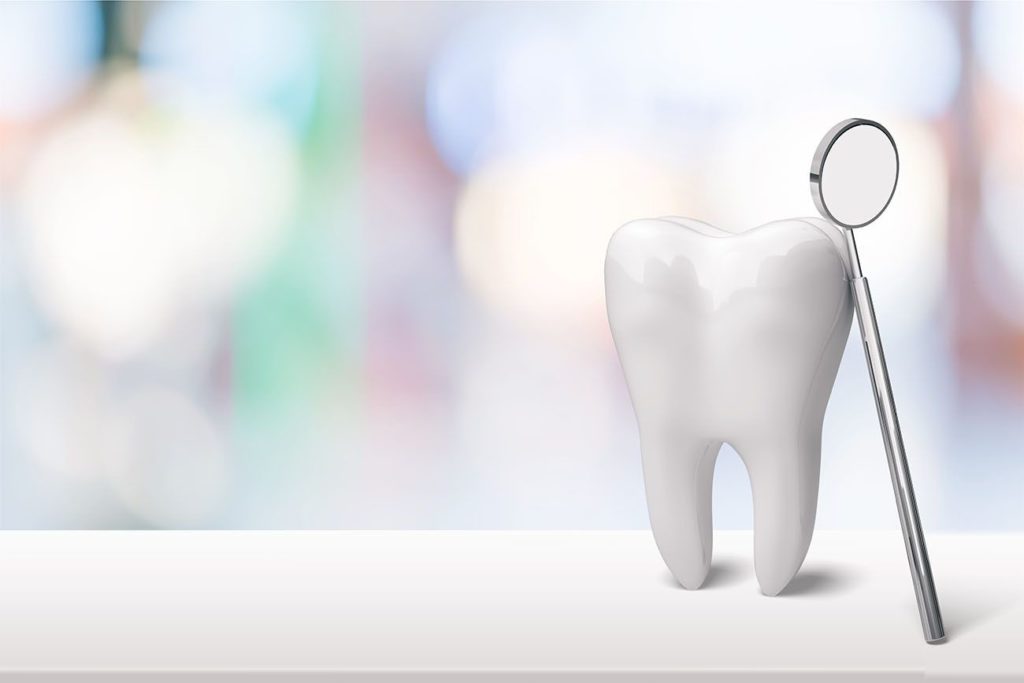Most people will get a cavity at some point in their lives. This early stage of tooth decay is easily treatable by a dentist, but it will need swift intervention before it can cause significant damage to your smile. You likely know that a cavity will leave a hole in your tooth enamel that a dentist will amend with a dental filling.
But a cavity is only one form of enamel damage. The tooth enamel, the outer layer of the tooth, can erode or wear down for other reasons. Read on to learn the differences between the erosion of the tooth enamel and decay in the teeth, as well as how these structural dental problems are linked.

How Can Enamel Erode?
Your tooth enamel serves as a protective shell that shields the vulnerable interior of your teeth. Though durable, it can wear down or erode over time. Sometimes factors outside of your control, like aging or medication side effects, can cause this structural damage to your teeth.
But one of the major reasons enamel will erode is consuming acidic substances. Certain foods and drinks, like citrus fruits and juices, contain high amounts of acid that will eat away at your teeth when you consume them.
Sugary foods will have a similar effect. Sugar becomes acidic when it reacts with your saliva. Dentists will suggest that you limit these food items from your diet to protect your smile.
When enamel erodes, it exposes the sensitive inner layers of the tooth. Enamel will not regrow on its own, so you will need treatment from a dentist to restore your dental structure. A dentist might need to replace the weakened enamel with a dental crown to restore the tooth’s structure.
Enamel erosion leaves your smile vulnerable to dental problems, like decay. But it is its own separate dental concern. It can leave you with tooth sensitivity and cosmetic dental issues like discoloration. Talk to your dentist about preserving and restoring your tooth enamel.
What Is Tooth Decay?
Tooth decay is a dental condition in which bacteria infiltrates the tooth enamel to permanently damage the dental structure. Cavities refer to the small holes that can form in the early phase of decay. But decay can advance, eating further into the tooth enamel, and cause severe dental damage throughout the tooth.
You can become more vulnerable to tooth decay if your enamel is already weak from erosion. And decay is a form of enamel damage. But tooth decay is a separate form of dental damage compared to general enamel loss.
Decay will also leave discoloration and pain in a patient’s tooth in many cases. As it worsens, the pain can grow severe and also give the patient bad breath. If it progresses, the tooth might fall out of the socket.
A dentist will treat this problem by drilling away the decay and using composite resin to create a dental filling to restore the structure of the tooth. If decay is advanced, the dentist might use a dental crown to cover a larger surface area to protect the tooth.
